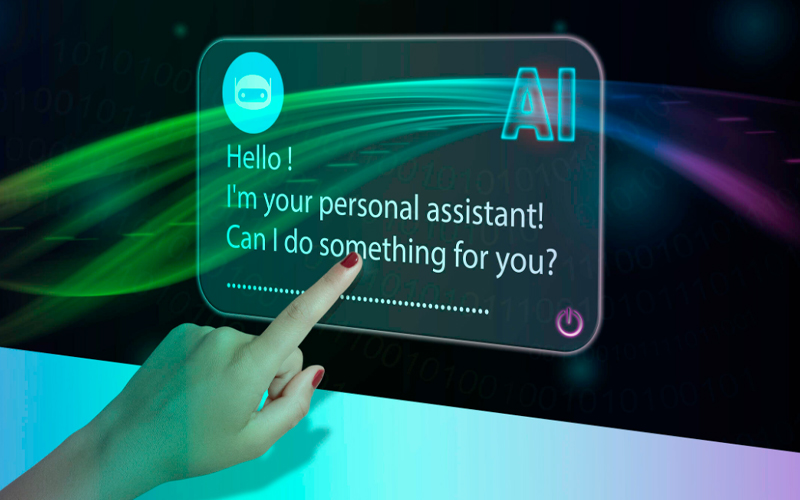Learning and development (L&D) is a vital function that plays a key role in the growth and success of organizations. As such, L&D leaders have always strived to find innovative ways to make it appealing and result oriented. In the recently published LinkedIn Workplace Learning Report 2025, 49% of L&D leaders expressed concern about employees lacking the right skills to execute their business strategy. This widespread lack of necessary skills across industries is exacerbated by the growing deficit in AI capabilities, prompting business leaders to look at innovative ways to bridge the skill gaps.
Corporate learning outcomes depend on factors such as industry trends, employee interests, organizational goals, vision of the L&D leaders, etc. In today's highly competitive environment, professionals find it challenging to set time aside for learning while striving to meet their regular KRAs. There is a compelling need to provide employees with easy access to e-learning courses featuring microlearning modules. Such an approach transforms upskilling from scheduled events into more enjoyable, on-demand learning experiences that can be easily incorporated into their daily workflow. AI is a key enabler in this transformation, lending much-needed agility to the L&D function as technology evolves rapidly, making upskilling a constant need.
A Gartner report titled Market Guide for Corporate Learning Technologies states AI and Gen AI are helping organizations improve learning through personalization, content creation, and adaptive learning. It frees L&D leaders to focus on learning activities with more value-add such as career development. The report further states that embracing Gen AI and career development is a key strategy for future-facing organizations. Such organizations outpaced others on key indicators of business success. With 91% of L&D professionals emphasizing the importance of continuous learning in career success, AI is poised to play a pivotal role in future-proofing the workforce. Let’s see how it aids the corporate learning transformations.
Personalized learning
There is no better way to learn than with perfectly tailored courses that suit one’s needs. And this is where AI has the maximum impact on corporate learning. With most modern Learning Management Systems (LMS) integrating AI, employees gain the best, personalized learning experiences. The content, the pace, the delivery, the assessment – everything about learning ensures employees learn better. These LMSes analyze data points from various inputs such as employee performance, feedback, learning behavior and more to create highly individualized learning paths that aid positive engagement and better retention. These analyses can include employee HR records, including personality traits, to understand their preferred career paths.
Another aspect of personalized learning is AI’s ability to transcend language and accessibility barriers at scale. AI tools work well with voice commands, including audio-to-visual (and vice versa) conversion tools, can translate content into different languages, and make learning inclusive for differently abled people. Also, they make learning assessments bias-free, inducing fairness and transparency into L&D.
Enhanced skill-gap analysis
The starting point of upskilling is accurate skill-gap analysis. Predictive analytics help L&D professionals identify the skill gaps of each employee more accurately. AI-powered tools analyze historical data and future trends to identify the skills employees need and furnish tailored learning paths to guide the complete learning journey. AI tools can also help create and deliver personalized learning content to make it a holistic, highly effective learning experience. It transforms the learning function into a data-driven mode, strategically delivering better outcomes suited to business needs.
Immersive Learning Experiences
AI enables L&D professionals to create immersive learning experiences by implementing gamification, interactive content, adaptive modes, and more. As a result, learning transforms into a fun and engaging experience, increasing the chances of employees achieving their learning goals. VR-enabled real-life simulations, collaborative cohorts, etc., can revolutionize the learning experience. Simulator-based learning offers transformative experiences in high-stakes roles involving safety, defense, etc. It enhances the learner's confidence by providing a risk-free learning environment mirroring real-world scenarios. A PwC study found that VR learners were:
- 275% more confident in applying their learned skills
- 4 times faster to train than in classrooms
- 4 times more focused than their e-learning peers
Increased efficiency with cost savings
A study by McKinsey & Company found that 48% of employees identified training as the topmost factor for successful Gen AI adoption. However, nearly half felt they received only moderate or insufficient support in this critical area. ROI is a key metric that organizations track for investments. AI helps increase efficiency and save training costs. It also makes it easier to track progress and ROI. By bolstering upskilling, AI-based training supports internal mobility and saves on recruiting costs. It is evident from the earlier points that AI radically changes the approach to learning and results in improved engagement and retention.
Apart from all this, AI coaches and mentors are being researched widely. Many organizations are gaining the early-mover advantage by implementing AI in many functions, including training. However, only 1% of the C-suite respondents in the McKinsey study described their Gen AI rollouts as mature. This indicates a long road ahead with caution. It requires enough thought on critical aspects such as privacy, compliance, transparency, explainability, and human oversight to ensure fair implementation that builds trust.
How can Infosys BPM help?
Infosys BPM’s Learning Services include consulting, content design and development, delivery and administration, covering the entire learning value chain. We help our clients deploy cost-effective training solutions aligned to their business strategy with measurable outcomes.







